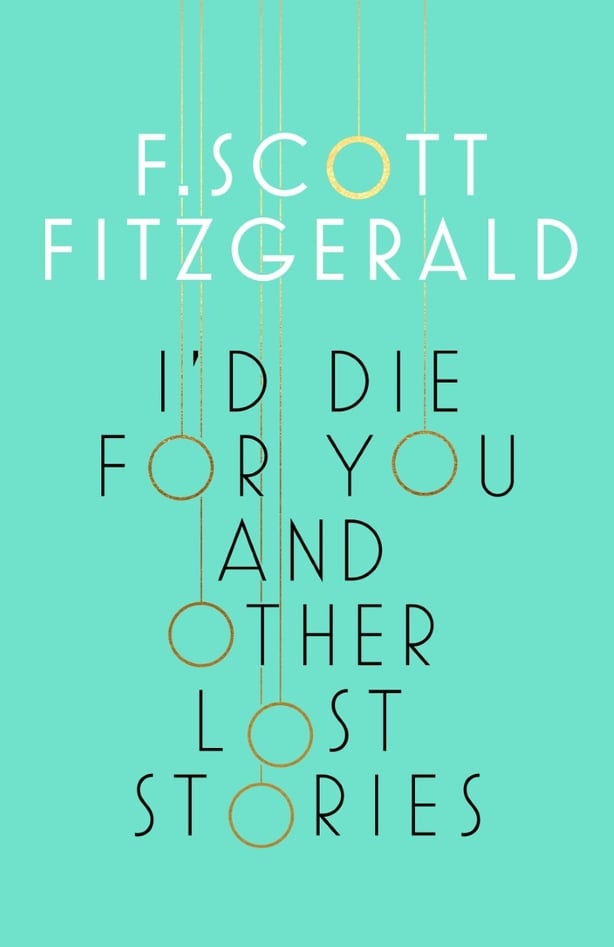F Scott Fitzgerald (1896-1940) had a conflicted relationship with his short stories, many of which he deliberately 'wrote down’ (his words) for the mass-market to make quick money. Conversely, the so-called 'lost' stories, gathered in this new collection, which runs to over 300 pages, tend towards dark psychology, and are quite some distance from Jazz Age effervescence.
The stories of which he was proud and which are now regarded as his best, stories like The Diamond as Big as the Ritz did not at first make a serious impression on the people who read him. In fact both McCalls and Harper's Bazaar declined the novella in its original incarnation, when it was entitled The Diamond in the Sky. Fitzgerald eventually sold it to The Smart Set for $300, who published it in their June 1922 issue. The author wryly observed later as follows: "a genuinely imaginative thing like The Diamond in the Sky brings not a thing", while " a cheap story like The Popular Girl, written in one week while the baby was being born, brings $1,500."
This Side of Paradise and Tender is the Night , the writer’s first two novels, published in 1920 and 1922 respectively, were immensely successful, but The Great Gatsby did not sell well on its first appearance in 1925. So it was back by one route or another to the story factory.
Aside from being unashamed cash-earners, Fitzgerald used the short stories as testing grounds for ideas for future novels. He earned incredible fees, and in 1929 The Post began to pay him $4,000 per story, the equivalent of $55,000 today. He needed the money, as his wife Zelda’s recurring illnesses were expensive to treat. He too had suffered from TB as a boy and always feared its recurrence - the couple actually had a private sanatorium at their luxurious home.
Parallel to the vagaries of FSF’s short story career was his work on film scripts, such as the re-writes he was working on for Gone With The Wind. At the same time, he was writing these stories, which date from the mid-to-late 1930s - the piece entitled Love is a Pain is in essence the writer’s own idea or `pitch’ for a film.

Fitzgerald wrote of "the inherent corrosiveness and the damage to individual creativity" that he experienced while working on the new Talkies. However, the editor of this volume, Anne Margaret Daniel, points out that Hollywood was not entirely negative for the writer. He learned a sense of economy while writing movie scripts, and his set-pieces had particularly cinematic appeal due to that apprenticeship.
Some of these stories were physically lost, and appeared only recently, missing for almost eight decades. Others never made it on to the printed page because editors, hungry for Jazz Age frivolity, were wary of their sometimes dark content, notably in the brilliant story Nightmare which is set in a clinic in New Hampshire. One can readily conclude that the story was based on Zelda’s time under psychiatric care.
As in the case of so many of his best-known stories, young love throbs hopefully at the heart of engaging tales such as Travel Together, which takes place almost entirely on trains. What to do About it concerns a well-intentioned young doctor who falls for a young woman in the course of a house call. The masterful title story, I’d Die for You, tells of a ménage a trois of lovers circling warily and obsessively around each other at an inn near North Carolina. It must surely be one of F Scott Fitzgerald’s greatest stories, `lost' or not . .
I'd Die for You and Other Lost Stories is published in hardback by Scribner.


